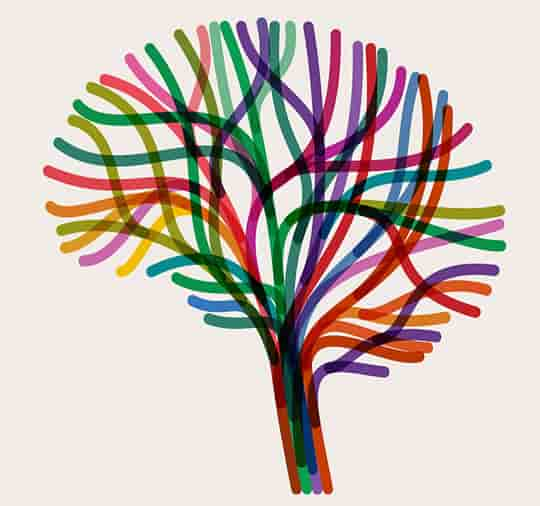People who live to almost 100 have these personality traits.
Being optimistic, outgoing and enjoying laughter are linked to longevity, research finds.
People who live to almost 100-years old are more likely to be emotionally expressive and positive.
Long-lived people tend to have stable emotions and to have high levels of conscientiousness.
People with stable emotions are non-neurotic and are at a lower risk of developing anxiety and depression.
People who are emotionally stable usually find it easier to control their urges and are mostly unselfconscious.
People who are conscientious are more careful, efficient and self-disciplined — and they aim for achievement.
Professor Nir Barzilai, study co-author, said:
“When I started working with centenarians, I thought we’d find that they survived so long in part because they were mean and ornery.
But when we assessed the personalities of these 243 centenarians, we found qualities that clearly reflect a positive attitude towards life.
Most were outgoing, optimistic and easygoing.
They considered laughter an important part of life and had a large social network.
They expressed emotions openly rather than bottling them up.”
The study included 243 people aged over 95-years-old who were given personality tests.
The results showed that centenarians had high scores on two scales:
- Positive Attitude Towards Life: includes being outgoing and optimistic
- Emotional Expression: not bottling up emotions but letting them out.
Professor Barzilai said:
“Some evidence indicates that personality can change between the ages of 70 and 100, so we don’t know whether our centenarians have maintained their personality traits across their entire lifespans.
Nevertheless, our findings suggest that centenarians share particular personality traits and that genetically-based aspects of personality may play an important role in achieving both good health and exceptional longevity.”
The study was published in the journal Aging (Kato et al., 2012).










